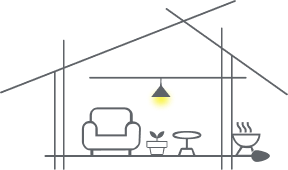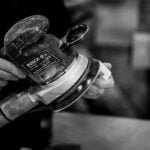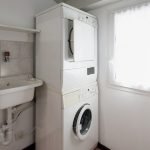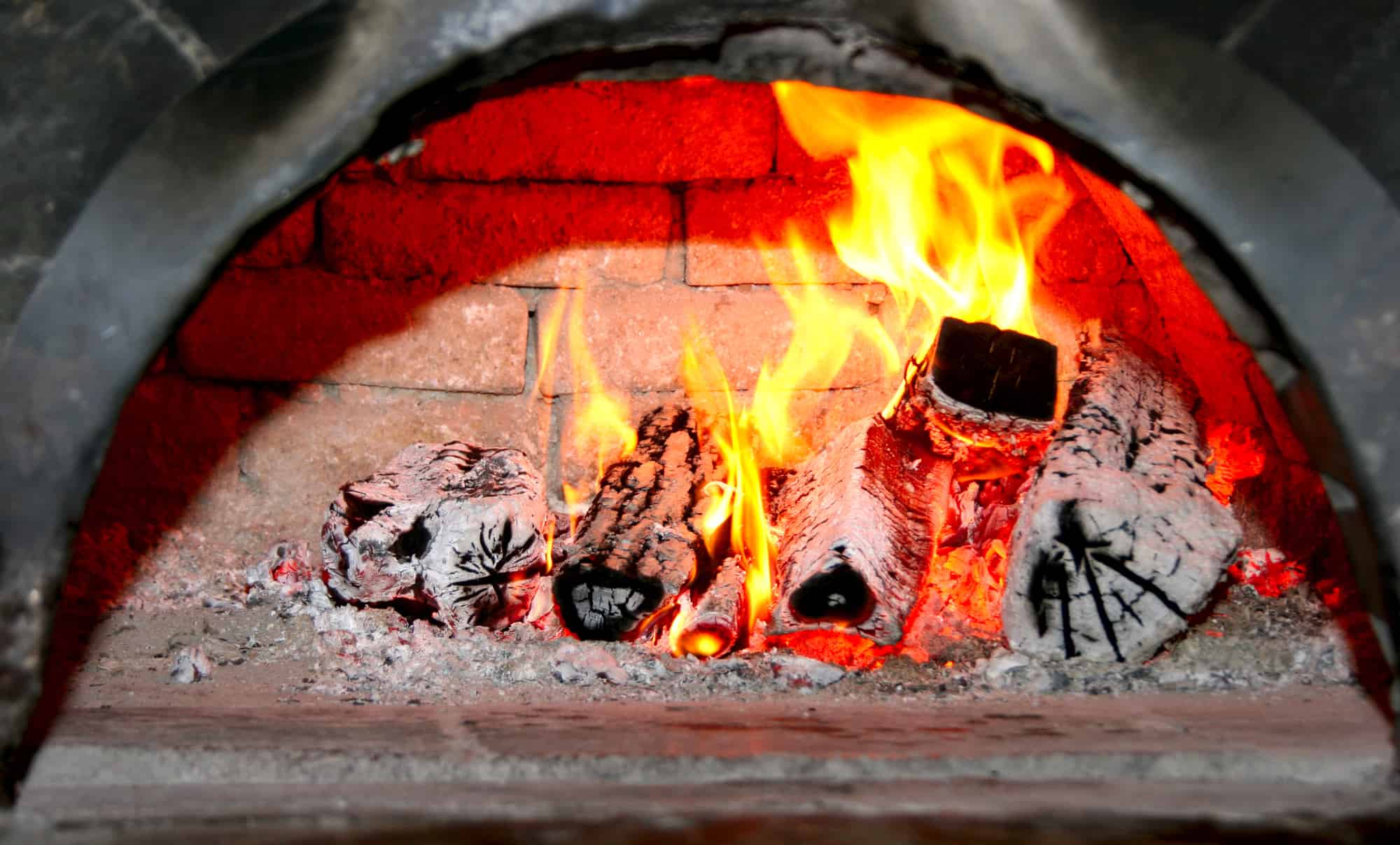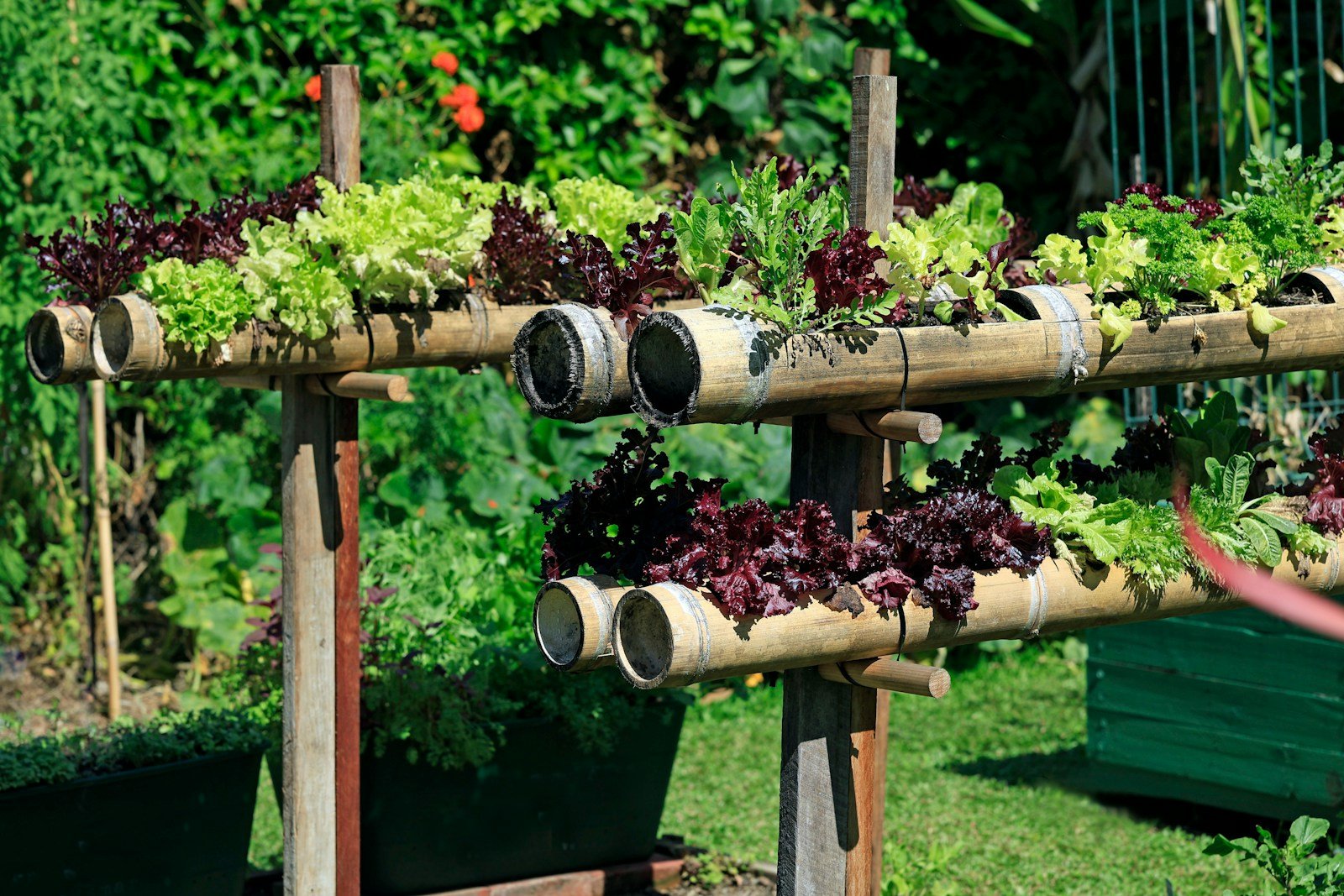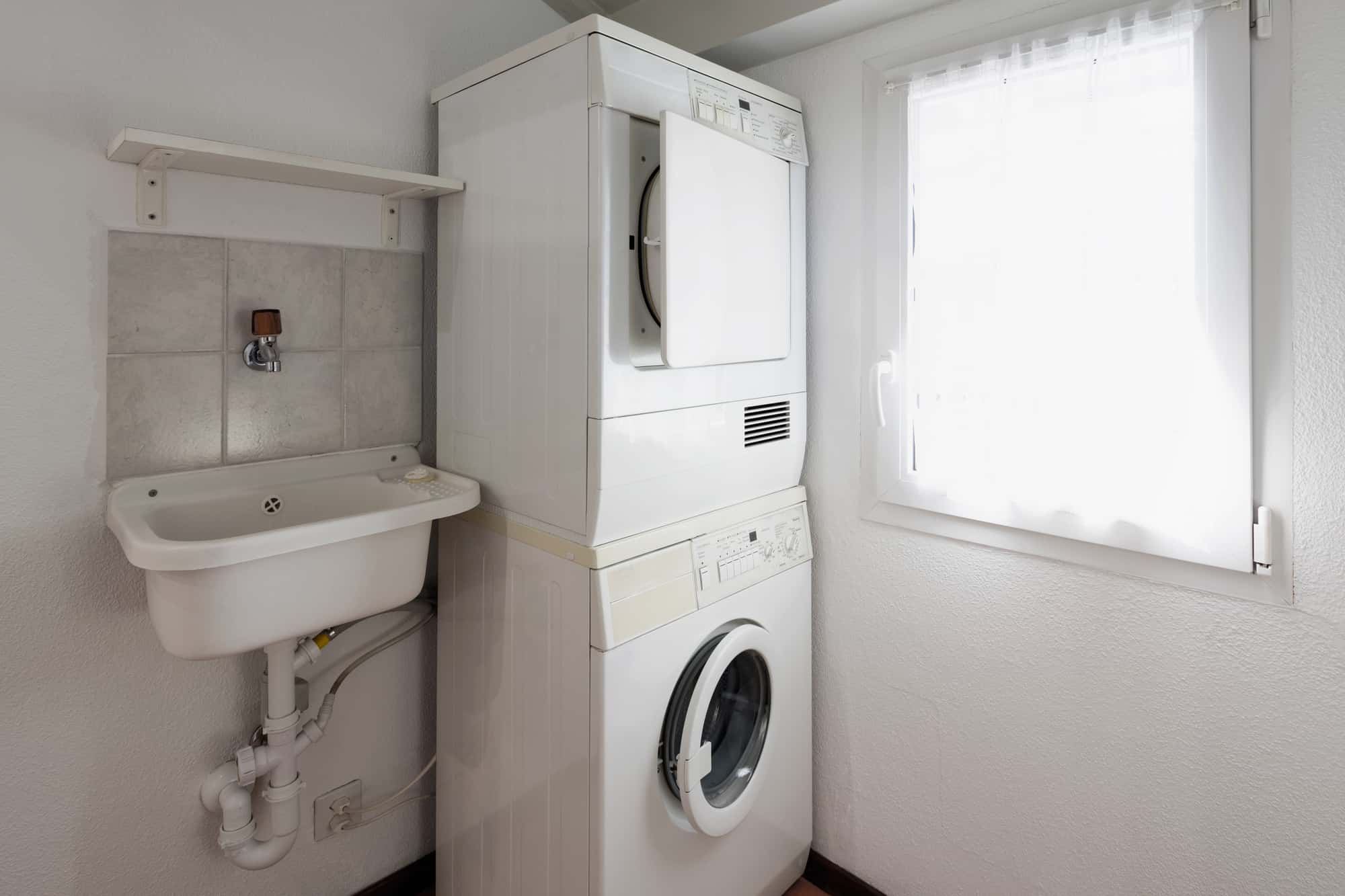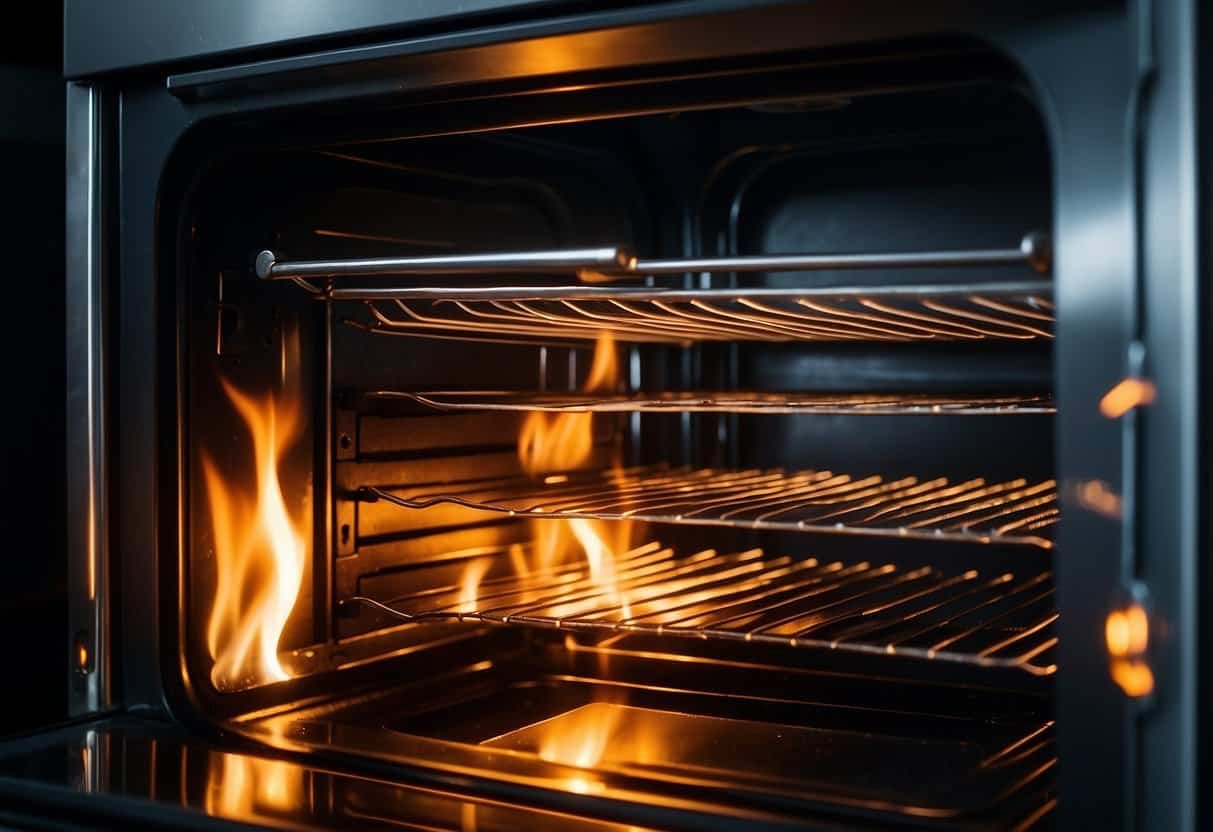Table of Contents
Regular bricks are great for constructing strong and long-lasting buildings. But are they suitable for use in fires, forgers, and burners, considering that they are frequently exposed to high heat?
You can use regular bricks to build the exterior of fires, forgers, and burners, but their interiors must be made with fire bricks. You cannot use regular bricks inside the firebox because they are unable to withstand the extreme heat and can end up cracking and crumbling, creating a fire hazard.
In the rest of the article, you’ll learn about the best types of brick to use in fireplaces, forgers, stoves, and pizza ovens. You’ll also learn more about fire bricks and their importance, as well as the popular alternatives to using fire bricks.
Do Log Burners or Stoves Need Fire Bricks? Why?
Log burners and stoves need fire bricks when they are made of steel. Fire bricks are non-combustible and prevent the stove material from getting too hot. They also keep the stove insulated and help maintain a temperature without being hazardous. This is less important for cast-iron stoves.
When you place fire bricks on the sides of the log burners, they will protect the steel in the firebox from overheating and rusting since they can withstand hot temperatures up to 1,800° F (982° C).
Overheating in a stove without fire bricks can ignite or melt things within range, making the burner a safety risk.
Firebricks on the floor of the wood stove can prevent heat from burning through because they are noncombustible (source: Insurance Information Institute). If the floor lacks protection, the constant burning heat can destroy it after a while.
The bricks can also keep the stove insulated by reflecting heat into the firebox and making it burn more intensively.
As a result, the fire will burn more efficiently at a constant temperature, saving you from using more wood than necessary. The logs can even last long enough for you to use to restart a fire.
Besides that, holding heat inside the firebox with fire bricks forces it to rise, meaning it can effectively warm a room while at the same time reducing the amount of gas the stove emits.
The EPA considers log burners with fire bricks around their combustion chamber to be “clean-burning” because they release fewer gas emissions in the air (source: United States Environmental Protection Agency).
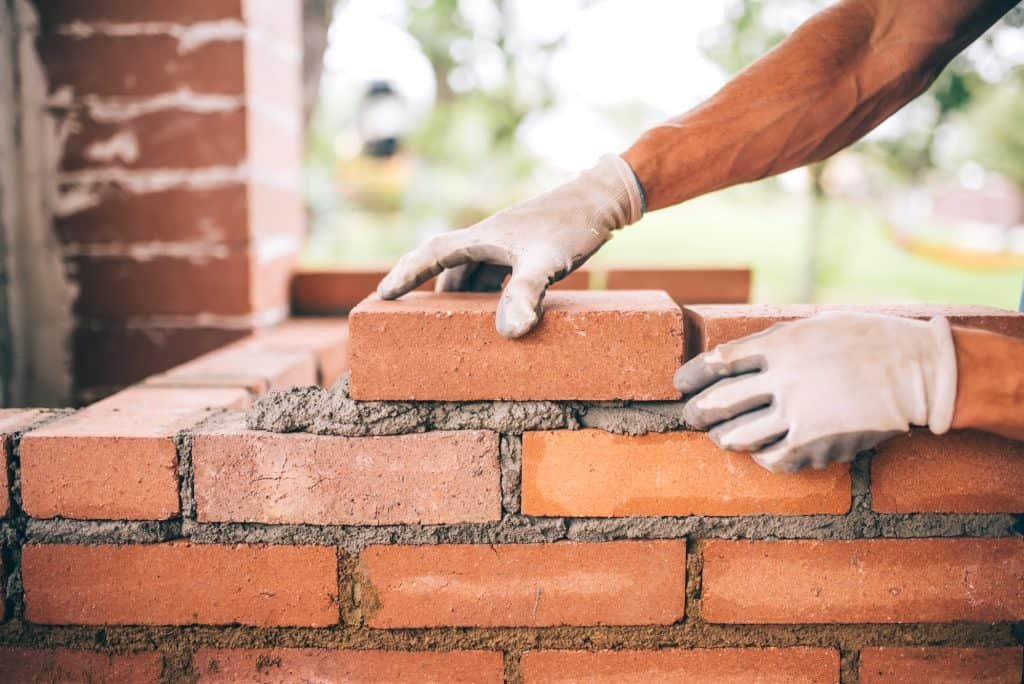
What Can I Use Instead of Fire Bricks?
You can use red clay bricks, soapstone, sandstone, and refractory concrete in place of fire bricks. These alternatives are often cheaper than fire bricks and have a long history of being used in homes for fires and oven cooking.
Old red clay bricks are suitable for ovens to bake and roast food because they have excellent heat retention.
Long before fire bricks were created, homeowners used clay bricks to retain heat from the burning wood. These bricks are great at insulating and keeping a home warm when used in a fireplace.
Masons and architects tend to prefer soapstone as well. Soapstone is more efficient because it can quickly absorb heat from the fire while releasing the heat slowly into the home.
Another advantage of using sandstone is that it has a beautiful marble appearance and is a soft and smooth stone, making it easy to clean.
Additionally, Akar Sandstone is a rugged, gray-green material that’s commonly obtained from a volcano in Indonesia. Most people like them better than fire bricks because the color is more eye-catching than the pale look of fire bricks.
It’s an excellent alternative to fire bricks as it’s insulating and highly tolerant to heat.
Refractory concrete can also be used instead of fire bricks for heat retention. To create it, manufacturers blend cement with haydite aggregate that has been formed from heating shale rock in a kiln. The resulting concrete is quite strong and can withstand high levels of heat.
Can I Use Regular Bricks in a Forge?
You can not use regular bricks in a forge, as they might break down due to the high heat. Many forgers use refractory bricks with their equipment for this reason. Forges get hot enough to melt steel, so any bricks used need to be able to tolerate heat of this magnitude.
If you have used regular bricks in a forge, you will want to check on them regularly for damage. In any case, you should consider replacing them to avoid a dangerous accident.
Instead, it would be best to use insulating soft fire bricks that can withstand extreme temperatures. If not, fireclay bricks will work because they can also be used as refractory bricks.
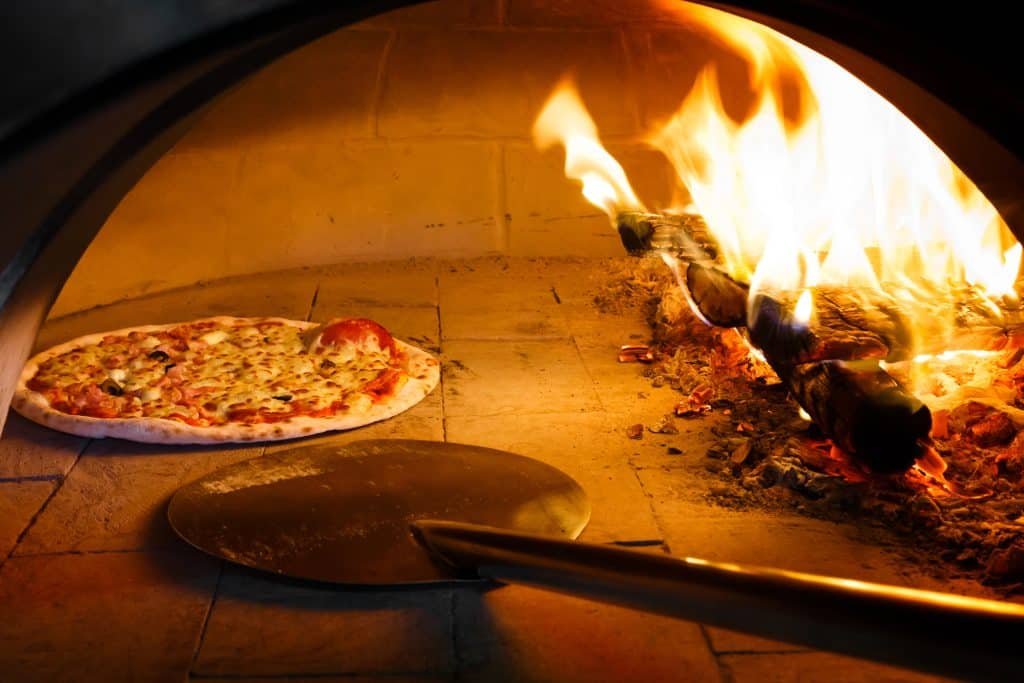
Can I Use Normal Bricks for a Pizza Oven?
You can not use normal bricks for a pizza oven, but you can use dry-pressed clay bricks. Dry-pressed clay is common for pizza ovens given that they can withstand high temperatures. However, these bricks may have a shorter lifespan than something like fire bricks.
You should avoid using concrete bricks because, apart from being unable to tolerate heat, they require constant maintenance, which can be tiring. Moreover, they cannot last long because the heat can easily crack and spall them, causing the concrete to drop onto your pizza toppings.
Can Normal Bricks Be Used In a Fireplace?
You can use normal bricks for an outdoor fireplace, but you may want to choose clay bricks or fire bricks for an indoor fireplace. Normal bricks may crack and chip from the heat, but clay bricks are quite fire-resistant and would work better in many cases.
Normal bricks typically can’t withstand the heat from a fireplace and will fall apart. While this may not be a huge concern for an outdoor fireplace, indoor fireplaces will definitely need something more heat-resistant.
Regular bricks are useful in many cases, but you’ll often need fire bricks, clay bricks, or another material. This way, your fireplace is well protected against the high heat and doesn’t wear or create any fire hazards.
You might also be interested in reading my other article on how much heat bricks can withstand if you want to use bricks for other high-temperature projects.
